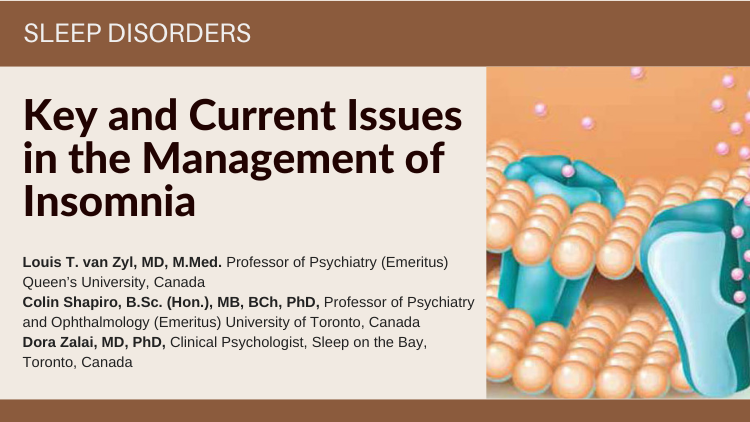Christina S. McCrae, PhD, Assistant Professor, Center for Gerontological Studies, Institute on Aging, and Department of Psychology, University of Florida, Gainesville, FL, USA.
Candece Glauser, MA, Department of Psychology and Institute on Aging, University of Florida, Gainesville, FL, USA.
A variety of patient and environmental factors make nursing home residents particularly vulnerable to insomnia or poor sleep. Although precise estimates are not available, research suggests that up to 75% of institutionalized older adults suffer from disturbed sleep.1-3 Identifying the contributory factors and intervening to resolve or limit their impact on sleep is the key to effective management. Frequently, these factors can be difficult to control, and as a result, standard sleep evaluation and treatment practices may need to be modified for use in long-term care settings.
Evaluation
Insomnia may be present if an individual has more than 30 minutes of unwanted awake time on six or more days during a two-week period. Evaluation involves having patients record various aspects of their sleep habits, such as bed and wake times, in a sleep diary, daily for two weeks. Polysomnographic (PSG) evaluation is not necessary to diagnose insomnia; however, it may be necessary in some cases in order to rule out other sleep disorders such as sleep apnea.

